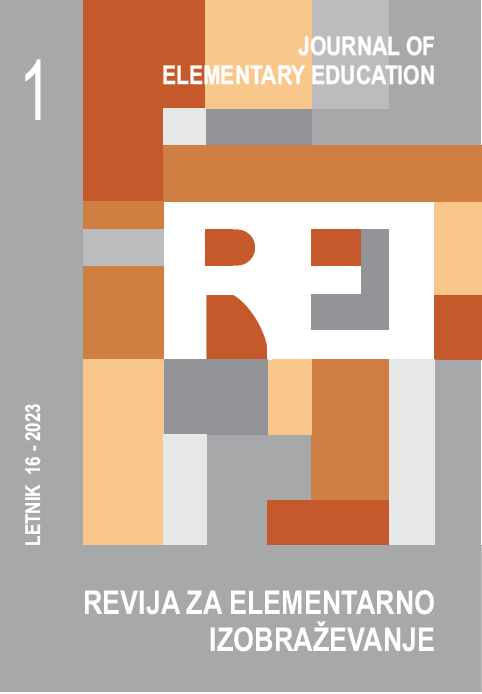Implementation of active learning strategies: The case of secondary schools
Learning strategies
Povzetek
The purpose of this study was to investigate implementation of active learning strategies at secondary schools in Ethiopia. To conduct the study, descriptive survey design was employed. A total of 109 teachers were participated in the study through systematic sampling technique. The study was complemented by mixed method approach that employed both qualitative and quantitative data collection tools such as observation checklists, questionnaires and interviews. The quantitative data was analyzed using frequency, percentage, mean value, grand mean and mean ranking and the qualitative data was analyzed in organizing, summarizing and interpreting narrative description. The findings of the study reported that most of the respondents have perceived active learning strategies positively. In spite of their good perceptions, their practices of active learning strategies were low. The major factors affecting the effective implementation of active learning strategies were large class size, student lack of interest, shortage of time, teachers lack of commitment, students’ beliefs and perceptions and diversity of student interest were among the most influential factors hindering its implementation. Finally, it is recommended that responsible bodies should reorganize the conditions and facilitate necessary inputs for the implementation of active learning strategies.
Prenosi
Literatura
Aggarwal, J. C. (2010). Theory & Principles Of Education. Vikas Publishing House.
Ayele Eyob. (2014). A Study on the Implementation of Active Learning: Exploring, its Practices, Challenges and Opportunities in Teaching English Lessons. Hawassa: Hawassa University. (M.A Thesis). Unpublished
Best, J. W, & Kahan, J.V. (1989). Research in Education. Prentice-Hall, Inc, USA.
Bethel, B. (2011). Practice and perception of Bulbula school community towards the implementation of active learning in teaching English (Bulbula secondary school in focus).
Bush, T., & Bell, L. (Eds.). (2002). The principles and practice of educational management. Sage.
Capel, et. al. (1995). Learning to teach in the secondary Schools. London: Rutledge.
Chickering, A. W., & Gamson, Z. F. (1987). Seven principles for good practice in undergraduate education. AAHE bulletin, 3, 7.
Lue, E. (2000). Implementing the New Curriculum, Issues of Theory and Practice Curriculum Developers and Teacher Education. Mekele: BESSO Project. (Unpublished).
Ministry of Education. (1994). The education and training policy. Addis Ababa: Ethiopia
Sguazzin, T., & van Graan, M. (Eds.). (1999). Education Reform and Innovation in Namibia: How Best Can Changes in Classroom Practice be Implemented and Supported?: Proceedings from the 1998 NIED Educational Conference, National Institute for Educational Development (NIED), Okahandja, 13-16 October 1998. Longman Namibia.
Snowman, J., & McCown, R. (2011). Psychology applied to teaching. Nelson Education.
Thomas, F. (2016). The world is flat.
Copyright (c) 2023 Asrat Kelkay

To delo je licencirano pod Creative Commons Priznanje avtorstva 4.0 mednarodno licenco.
